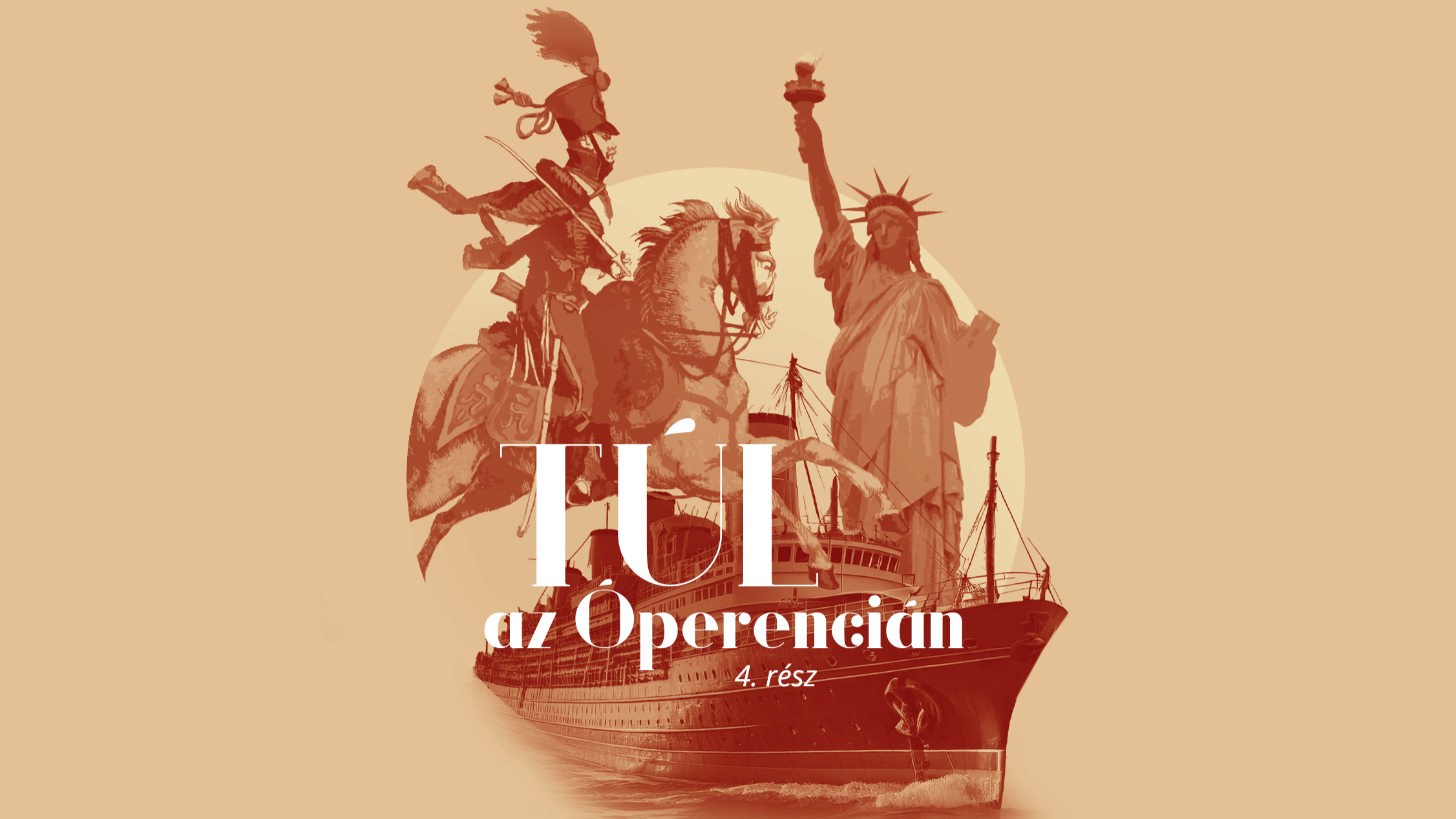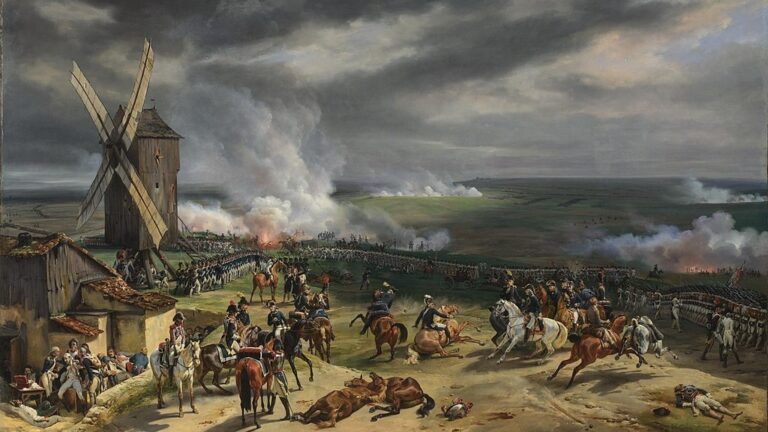The following is an adapted version of an article written by Lázár Pap, originally published in Hungarian in Magyar Krónika.
America—the new world, the land of opportunity, the land of the free. In the 19th and 20th centuries, hundreds of thousands of Hungarians left their former lives behind to cross the Atlantic and try their luck Far Far Away, that is, ‘Beyond the Óperencia’, as Hungarian fairy tales go. In its series, Magyar Krónika looks at the meeting points of America and Hungary through the Hungarian diaspora living in the US. In this part, let us explore the Kossuth emigration that made such a deep impression on American society that the ‘Hungarian cult’ was still thriving in the United States even more than ten years after the Hungarian governor-president’s tour.
Prior to the turn-of-the-century emigration, most Hungarian immigrants arrived in the New World after the suppression of the 1848–49 Revolution, mainly before or during Lajos Kossuth’s 1852 tour of America.
Before 1848, American society had little interest in Hungary. One of the first articles about Hungary was a report from London published in the Pennsylvania Inquirer in Philadelphia in 1831 about the cholera epidemic, which painted a rather bleak picture of our country. After the 1848–1849 Revolution, the United States began to view Hungary as a political factor, not just a distant, exotic place. After the defeat of the war of independence, the USS Mississippi was sent to Kütahya, Türkiye, to pick up Lajos Kossuth, who was staying there. Then and there, our country entered the American ‘political world atlas’.
The Hungarian governor-president first went to England, then, after a short stay there, he crossed the ocean aboard the steamship Humboldt. He arrived in the United States on 4 December 1951 and spent a day undergoing medical examinations. The grand entrance took place on 6 December. He was greeted by a public celebration on the streets of New York, with more than a hundred thousand people crowding the streets to see the Hungarian freedom fighter. The mayor greeted him with the following words: ‘I present to you, my fellow citizens, Lajos Kossuth, the exalted representative of Hungarian independence, the champion of human progress, the eloquent advocate of universal freedom.’ Kossuth learned English from books available in Hungary, so he spoke in a somewhat archaic but lofty style that captivated his audience. His speeches were published in newspapers and later appeared in various anthologies. The ‘Kossuth fever’ took hold of America to such an extent that children were even named after ‘Hungary’s George Washington’, goulash appeared on restaurant menus, and Hungarian-style fur coats became fashionable.
Kossuth arrived in America at the invitation of Congress, but wherever he went, he received a flood of official invitations. In New York, he attended a banquet hosted by the city, as well as similar events organized by the press, the bar association, and the National Guard, and a reception held in his honour by local ladies. After his visit to New York, he embarked on a nearly six-month tour of the United States, giving speeches and trying to exert pressure on the country’s leadership through public opinion. Unfortunately for him, the government in Washington received him only as a private citizen, meaning he was not recognized as the official representative of his country.
‘He continued to live on in the public consciousness as a freedom fighter and a symbol of Hungary’s independence, but he lost his direct political relevance’
Devotion to Kossuth gradually waned after he became politically irrelevant to the American public because he did not take a position on US domestic issues, such as slavery. The Hungarian governor-president in exile feared that if he spoke out on divisive issues, he would not be able to count on the support of society as a whole, so he avoided such topics. He continued to live on in the public consciousness as a freedom fighter and a symbol of Hungary’s independence, but he lost his direct political relevance in the eyes of the Americans. Nevertheless, his 1852 campaign tour was not entirely useless, as it raised a considerable amount of donations and made American society aware of the Hungarian cause, which helped immigrants to integrate later on. American emigration soon lost its political significance, so the arriving Hungarians began to settle down and put down roots.
Enthusiasm for Hungarians probably still flickered in the early 1860s. An excellent example of this is the case of Béla Estván, who occupied a distinguished place in Hungarian literature on the Civil War. He was one of the few who were believed to have fought on the side of the Confederacy. He owed his fame to his book War Pictures from the South, which recounted his experiences during the Civil War and was a popular read in the United States back in the day.
However, István Kornél Vida’s research brought about a turning point in the story, revealing that Béla Estván was a fraud after all. We cannot even be sure of his Hungarian origin, as he was born in Vienna on 12 July 1827, under the name Peter Heinrich. His participation in the Hungarian Revolution is doubtful as well, and, as it turned out, during the Civil War, he tried to make a fortune from dubious arms deals. He probably invented his entire Hungarian identity in order to make it easier for him to succeed in his new homeland. This shows, nevertheless, that at the time, it was worth being Hungarian in America. Estván not only received financial support from various Hungarian foundations but also benefited from the image of Hungarians in American public opinion, according to which Hungarians were honest, freedom-loving people who, alongside Kossuth, had given their blood for their country.
Read the previous parts of the series below:
Click here to read the original article.







